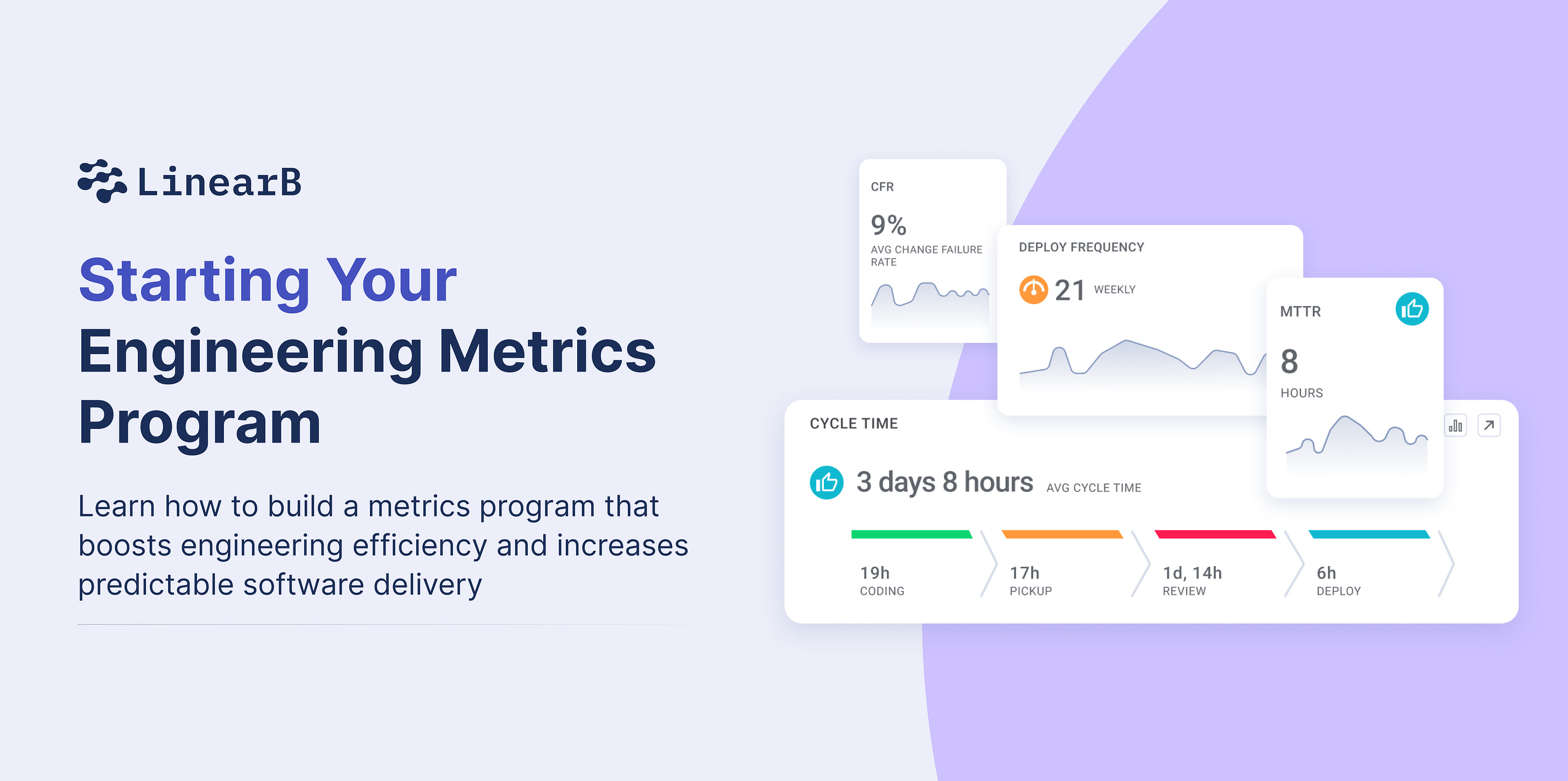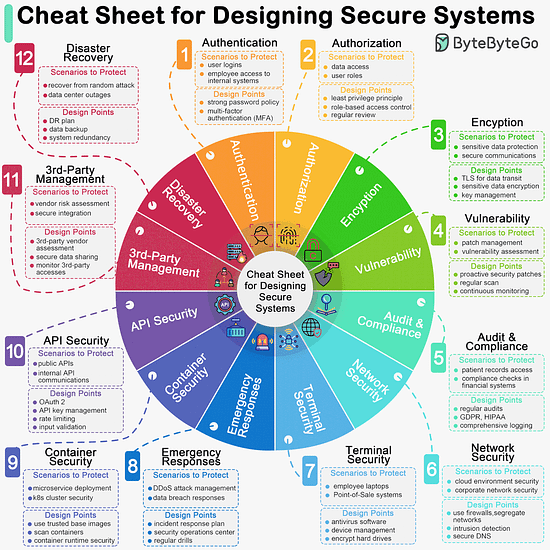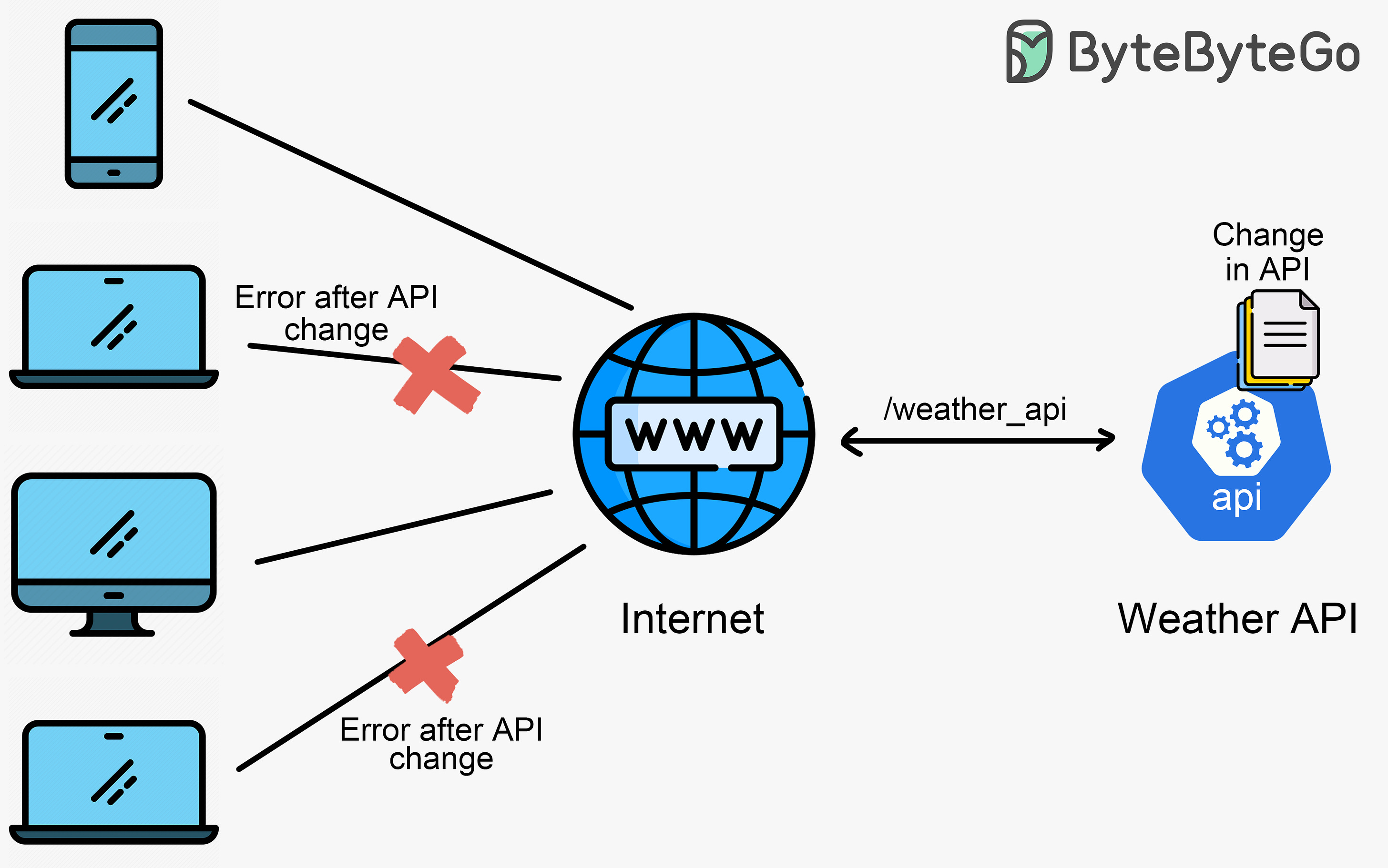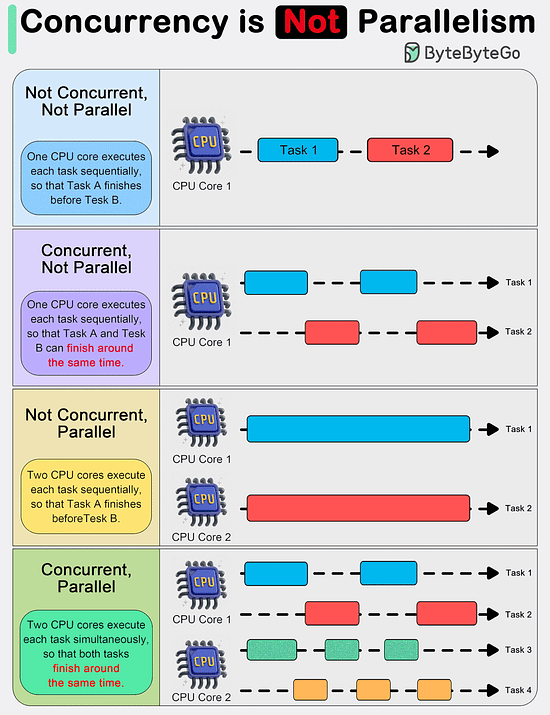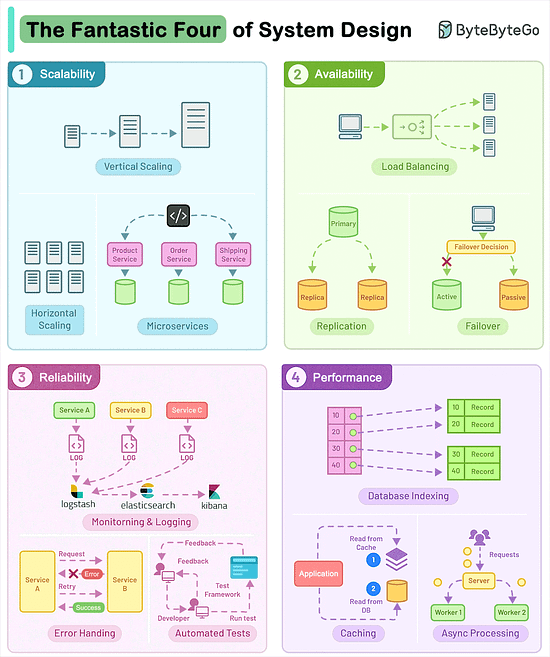- Mailing Lists
- in
- EP108: How do we design a secure system?
Archives
- By thread 4446
-
By date
- June 2021 10
- July 2021 6
- August 2021 20
- September 2021 21
- October 2021 48
- November 2021 40
- December 2021 23
- January 2022 46
- February 2022 80
- March 2022 109
- April 2022 100
- May 2022 97
- June 2022 105
- July 2022 82
- August 2022 95
- September 2022 103
- October 2022 117
- November 2022 115
- December 2022 102
- January 2023 88
- February 2023 90
- March 2023 116
- April 2023 97
- May 2023 159
- June 2023 145
- July 2023 120
- August 2023 90
- September 2023 102
- October 2023 106
- November 2023 100
- December 2023 74
- January 2024 75
- February 2024 75
- March 2024 78
- April 2024 74
- May 2024 108
- June 2024 98
- July 2024 116
- August 2024 134
- September 2024 130
- October 2024 141
- November 2024 171
- December 2024 115
- January 2025 216
- February 2025 140
- March 2025 220
- April 2025 20
EP108: How do we design a secure system?
EP108: How do we design a secure system?
This weeks system design refresher:
How to Start Your Engineering Metrics Program [Workshop] (Sponsored)What’s the right metrics framework for your team? And how can you build a metrics program that not only measures, but improves engineering performance? LinearB is hosting a how-to workshop on May 2nd and 7th that will teach you how to shape your program to drive engineering efficiency. Successful implementation reduces cycle time by 47% on average, consistently improves developer experience measures, and increases delivery predictability. This workshop includes:
Top 12 Tips For API Security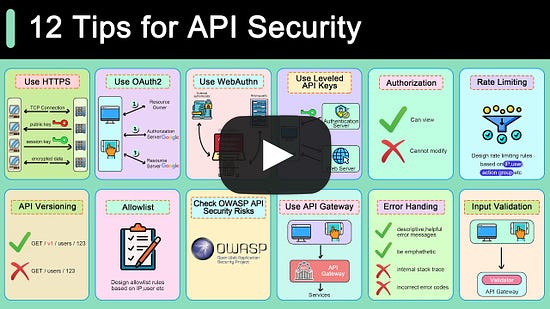 How do we design a secure system?Designing secure systems is important for a multitude of reasons, spanning from protecting sensitive information to ensuring the stability and reliability of the infrastructure. As developers, we should design and implement these security guidelines by default.
Latest articlesIf you’re not a paid subscriber, here’s what you missed. To receive all the full articles and support ByteByteGo, consider subscribing: Things Every Developer Should Know: Concurrency is NOT parallelismIn system design, it is important to understand the difference between concurrency and parallelism. As Rob Pyke(one of the creators of GoLang) stated:“ Concurrency is about dealing with lots of things at once. Parallelism is about doing lots of things at once." This distinction emphasizes that concurrency is more about the design of a program, while parallelism is about the execution. Who are the Fantastic Four of System Design?Scalability, Availability, Reliability, and Performance. Let’s look at each of them with implementation techniques:
Over to you: What are the other pillars of system design and strategies you’ve come across? SPONSOR USGet your product in front of more than 500,000 tech professionals. Our newsletter puts your products and services directly in front of an audience that matters - hundreds of thousands of engineering leaders and senior engineers - who have influence over significant tech decisions and big purchases. Space Fills Up Fast - Reserve Today Ad spots typically sell out about 4 weeks in advance. To ensure your ad reaches this influential audience, reserve your space now by emailing hi@bytebytego.com. © 2024 ByteByteGo |
by "ByteByteGo" <bytebytego@substack.com> - 11:36 - 20 Apr 2024
